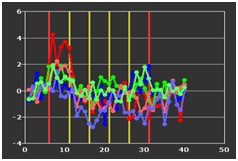Details
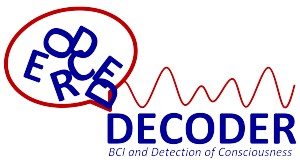
Each year, a large number of people are diagnosed with a disorder of consciousness or a disorder leading to motor impairment. Such people are then confronted with two severe gaps of knowledge: Firstly, there is a likelihood of up to 40% that they will be misdiagnosed and secondly, if motor impairment becomes permanent a single-switch device independent of motor output is not readily available.
Diseases of consciousness (DOC) may lead to a non-responsive state in which no communication is possible between the patient and other people or the environment. For patients with DOC like persistent vegetative state (PVS) and minimally conscious state (MCS) non-responsiveness is even a criterion for diagnosis of the disease. They present a great challenge to diagnostics, prognostics and therapeutics. The non-responsiveness of such patients implies that they can only be diagnosed by means of exclusion criteria like “no goal-directed eye movement” or “no execution of commands”. Those behavioural signs may be very discrete, short-termed and the performance may be fluctuating. The signs may therefore pass without being noticed.
Thus, there is an urgent NEED for a hierarchical approach to diagnosis of consciousness. DECODER will greatly improve diagnosis by establishing a neurophysiological test battery for DOC.
The diagnostic battery developed within DECODER will include:
- Measurement of the resting electrical activity of the brain (electroencephalography = EEG)
- Specific passive stimulation to which the EEG response is well established
- Passive paradigms with simple commands to be followed (EEG, fMRI, fNIRS)
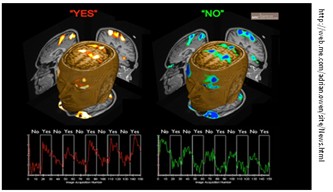
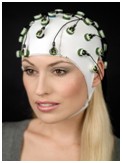
- Active paradigms to test higher-ordered processings (e. g. language comprehension, motor imagery
www.bci.tugraz.at
www.mrc-cbu.cam.ac.uk - Active paradigms using BCI – simple commands to be followed (EEG, fMRI, fNIRS)
www.uni-tuebingen.de - Active paradigms using BCI – more complex command to be followed (EEG, fMRI, fNIRS)
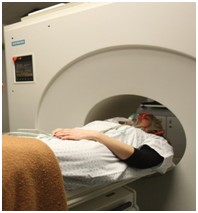
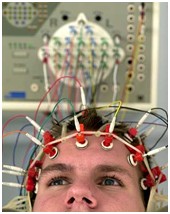
- Active communication using BCI (EEG, fNIRS)
www.alis-asso.fr/ewb_pages/e/eng_the_locked_in_syndrome.php - Investigating altered states of consciousness (test bed with propofol
www.ulg.ac.be
The last step of the hierarchical test battery leads us to the second NEED which is to provide patients who proved to be consciously aware but unable to perform any motor movement with a means of communication and interaction. Such a means must not rely on any motor input. BCI constitute such a non-motor dependent means of communication. A BCI for non-responsive patients will have to include:
- Single switch operation
- Detection of fluctuation in arousal
- Multi-sensory feedback
Two currently funded projects www.tobi-project.org will provide practical assistive BCI. DECODER will go a step further and adapt this technology to single-switch control for use with non-responsive patients to allow them to communicate and deal with their environment.
For further detailed information on our project see www.decoderproject.eu
The information on this website does not represent the opinion of the European Community, and is provided "as is". No guarantee or warranty is given that the information is fit for any particular purpose. The user uses the information at its sole risk and liability.

